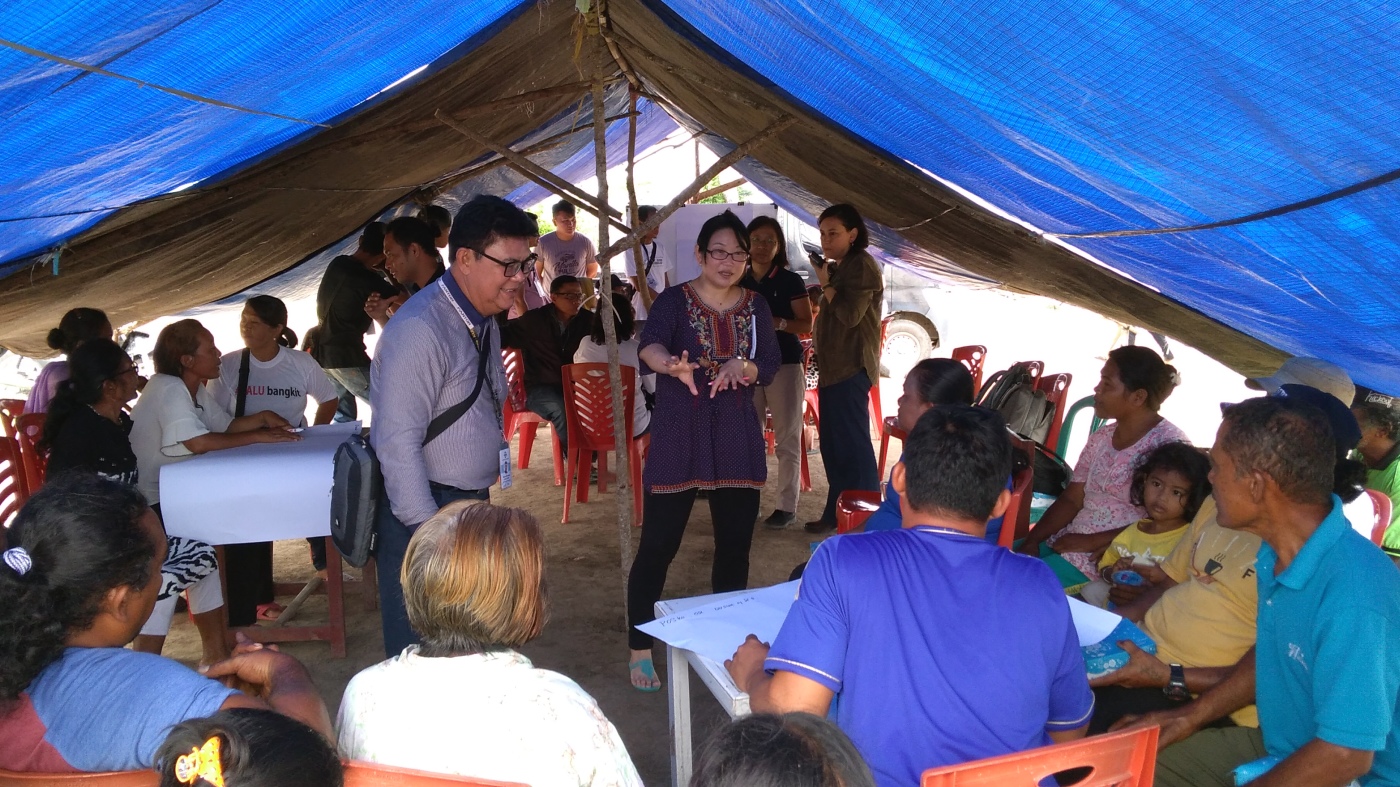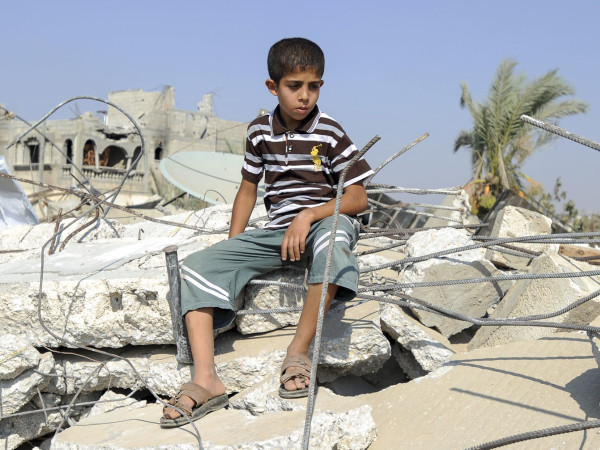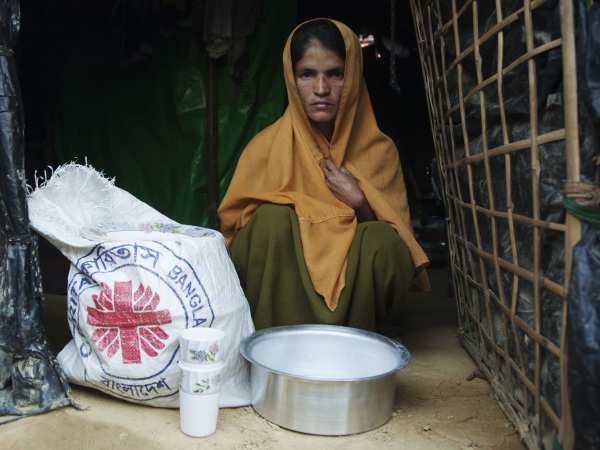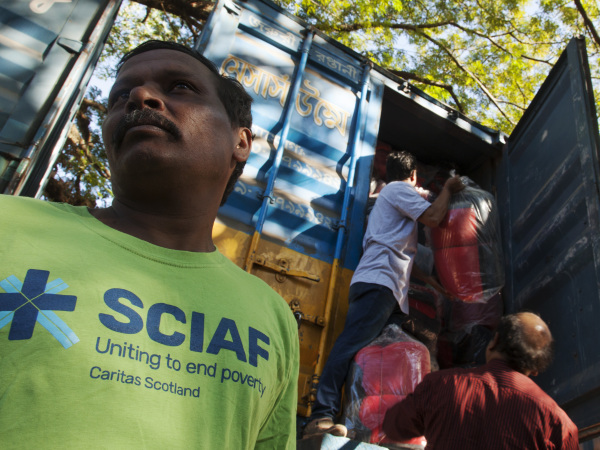Responding to tragedy in Indonesia
17 February 2019

SCIAF Programme Manager Mark Adams travelled to Indonesia last month to review the devastation caused by the earthquakes and tsunamis, and the efforts made to help those hit the hardest. Here he tells us about his trip.
When the earthquakes and tsunami struck Palu in Central Sulawesi on 28th September 2018, they caused massive destruction. Over 2,000 people died, more than 1,000 people went missing, over 4,000 sustained major injuries, and more than 211,000 were displaced from their homes. The destruction of homes, buildings, roads and infrastructure was widespread, and intense in some areas. Over 68,000 homes were destroyed.
In the days after the tsunami, Caritas Indonesia, Catholic Relief Services, and the local Dioceses, combined to purchase, transport and distribute items like clothes, tarpaulins, soap and hygiene kits to 2,000 households. At the same time, they began assessing needs and planning how best to respond. In November a new programme was launched to meet the emergency and recovery needs of some of the most affected communities.
In January Caritas held an evaluation of the project to reflect on what had gone well, what could be improved, and how to go even further. SCIAF, as a member of the Caritas network, volunteered to take part, alongside those from Caritas’ in Germany, Switzerland, Holland and the USA. It was a chance for us all to contribute, and also learn and improve our response to future emergencies.
One morning we set off at 5am to visit remote, rural communities, who have been the hardest to reach. The Caritas team was one of the first to reach these communities, over two weeks after the earthquakes. While they were organising the delivery of food and basic household items landslides cut off the road but, with Government assistance, they were able to fly the items in by helicopter. On that morning, while we were driving the wet, slippery, single lane road, with cars and bikes dodging each other and a steep drop to one side, I was really struck with how difficult it is to assist communities affected by natural disasters.

The next day we visited communities on the outskirts of Palu city. They had been affected by liquefaction – a devastating phenomenon where the land turns to mud, and buildings and people disappear or are literally battered and carried away by a tidal wave of mud. Traumatised, homeless and without livelihoods these people do not know what is next – where they will live, how they will rebuild, and how they will earn an income.
After a week in Indonesia, I was struck by two things. Firstly, the strength of the Caritas network to come together and intervene to save lives, when it’s needed the most. And secondly, how there is still a long way to go before this crisis is over. People in these communities are still living in temporary shelters of bamboo and zinc sheets, unsure if it is safe to return to their houses and farms.
Caritas is making great strides towards helping people to rebuild their lives but, although it may be out of the news, there is still much work to be done. For these communities, it’s far from over.

We work to prevent disasters and, when disaster does strike, we respond immediately.

Learn how SCIAF is able to respond so quickly to emergencies around the world and how we support people to rebuild their lives.

Updated for 2022 - Resources for Primary and Secondary level looking at SCIAF’s response during natural and man-made disasters.